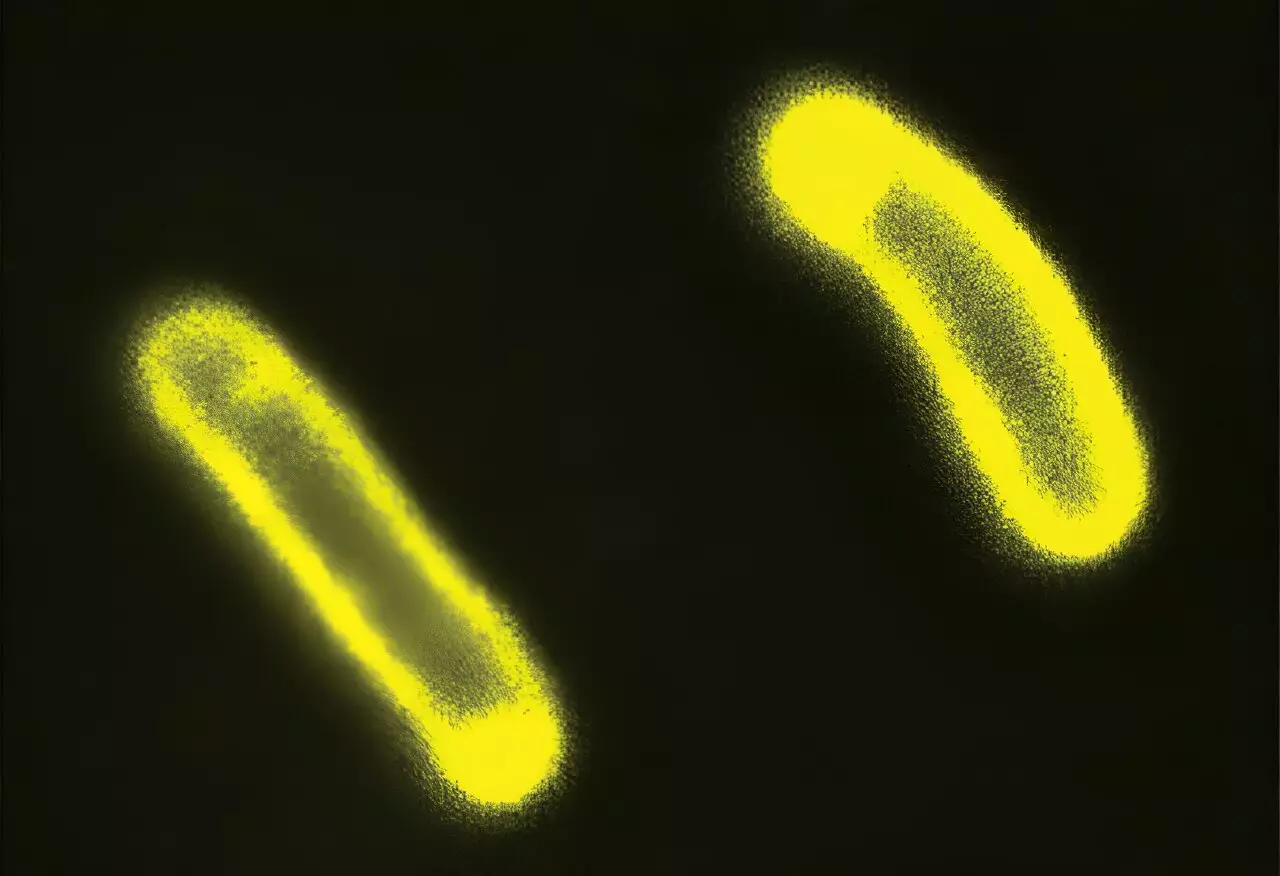Recent advancements in the field of biological chemistry have begun to shift the focus from traditional cellular components to a lesser-known but increasingly significant entity known as biological condensates. This paradigm shift stems from the realization that cellular machinery is not solely dependent on the well-studied mechanisms like protein folding, genetic transcription, and electrical signaling pathways. Instead, researchers are uncovering evidence that biological condensates may play a pivotal role in cellular function, far beyond their immediate biochemical interactions.
Biological condensates are unique cellular structures that form through variations in density. Much like oil droplets floating on water, these condensates create compartments within cells without the requirement of a physical membrane. Initial studies have identified how these structures compartmentalize certain proteins and biomolecules, thereby either enhancing or inhibiting their biological activities. The novel aspect of these condensates lies in their capacity to act as reservoirs of energy and other necessary components for biochemical reactions, illuminating an alternative mechanism by which cellular processes might occur.
The previous focus on the localized impact of biological condensates has unveiled their capability to influence biochemical reactions in their vicinity. However, the implications of their formation stretch much further, as demonstrated in a groundbreaking study executed by researchers from Duke University and Washington University in St. Louis, recently published in the journal Cell.
In a novel investigation, researchers examined how the existence of condensates can orchestrate cellular activities that are not directly adjacent to their physical presence. The study revealed a new mechanism through which cells could modulate their internal electrochemistry, thereby influencing their cellular membrane properties. This insight suggests that biological condensates can exert a ‘wireless’ effect on cellular behavior and that their influence extends to the general characteristics and responses of cells, such as antibiotic resistance.
Professor Lingchong You, a leader in the study, expressed that the findings highlight the ability of these condensates to shape interactions between cells and their environments, reshaping how scientists perceive cellular communication and biochemical signaling. The implication is profound: these structures could fundamentally alter the way cells manage internal and external stresses, leading to diverse physiological outcomes.
Biological condensates have been shown to behave like sponges, absorbing various proteins, ions, and other biomolecules while excluding certain compounds. This behavior creates an imbalance of charge that can influence the electrochemical status of the environment surrounding the condensate. As these condensates form and alter their charge, they can subsequently modify the electrical potential of the cellular membrane.
This electrical activity is not just a trivial outcome; it provides a powerful mechanism through which condensates can influence global biological processes occurring within the cell. The research indicates that even a small number of condensates, if strategically placed away from the cell membrane, can trigger extensive physiological reactions. In essence, these entities act as fundamental regulators of cellular behavior, affecting everything from gene expression to metabolic adaptation.
One of the more shocking revelations from this research involves the implications for antibiotic resistance in bacteria. By inducing the formation of internal condensates in E. coli through stress conditions or genetic manipulation, researchers were able to measure significant changes in the cells’ electrical charge. This change directly impacted the bacterial cells’ reactions to antibiotics, illustrating how condensate dynamics can dictate the efficacy of these therapeutic agents.
The transformation of electrical properties in the bacterial membrane highlighted an intricate link between biological condensates and cellular survivability in the presence of antibiotics. These findings open the doors for further research aimed at unraveling the complexities of cellular responses in various environmental contexts, especially in pathogens that pose significant challenges to public health.
As researchers delve deeper into the function and influence of biological condensates, the scope of their impact on cellular physiology could revolutionize our understanding of both fundamental biology and disease mechanisms. Given the potential these structures have in regulating internal cellular environments, they could serve as targets for innovative therapeutic strategies aimed at diseases marked by dysregulated cellular functions.
The emergence of biological condensates as integral components of cellular physiology challenges traditional views of cellular organization and interaction. This evolving narrative in biological chemistry provides a wealth of research opportunities that can reshape our understanding of health, disease, and the intricate webs of cellular communication. As this field progresses, we may only be scratching the surface of what these fascinating structures can reveal about the essence of life itself.

